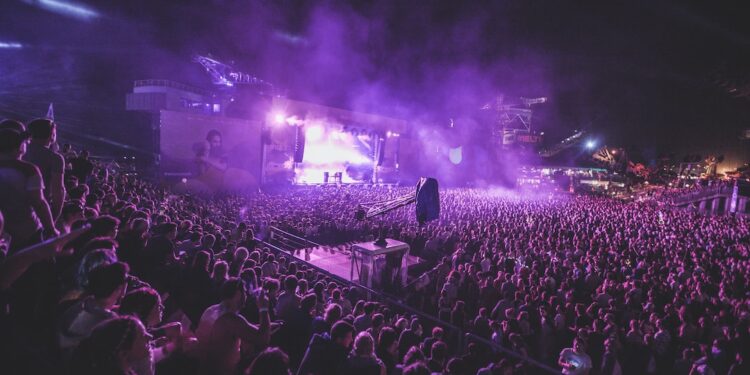The Rise and Fall of Pop Culture Trends: From Fidget Spinners to TikTok Dances
Pop culture has always been a fast-paced and ever-changing realm, where new trends emerge and old ones quickly fade away. From fidget spinners to TikTok dances, these trends have captured the attention and interest of millions around the world. In this blog post, we will explore the rise and fall of some popular pop culture trends and examine the factors that contribute to their ephemeral nature.
One of the most recent pop culture trends that took the world by storm was the fidget spinner. In 2017, these small handheld devices with spinning blades became a sensation, seemingly overnight. People of all ages were seen flicking and spinning them in classrooms, offices, and public spaces. The fidget spinner craze was fueled by social media, with videos and posts showcasing imaginative tricks and challenges. However, just as quickly as they became popular, they lost their appeal. People soon grew tired of these spinning toys, and they quickly faded into obscurity. One could argue that the fidget spinner trend was driven by novelty and the desire for a new gadget, but lacked substance to establish any long-lasting impact.
Similarly, social media platforms have played a significant role in the rise and fall of pop culture trends. TikTok, for instance, has become a global sensation, with its influence extending far beyond its Chinese origins. The app has given birth to countless viral dances, challenges, and trends. Users take part in these trends, record themselves, and share the videos with their friends and followers. The platform’s algorithmic nature ensures that these trends reach a wide audience, allowing them to spread like wildfire. However, just as quickly as they rise to popularity, TikTok trends can disappear. The sheer volume of content on the platform means that trends can swiftly become oversaturated, making it difficult for individuals to stand out or for trends to maintain their initial appeal.
Another factor that contributes to the transient nature of pop culture trends is the attention span of modern society. With the rise of technology and the internet, information and entertainment are available at our fingertips 24/7. This constant influx of new content and the abundance of options can lead to quickly shifting interests. In a world where the next big thing is just a scroll away, it becomes challenging for pop culture trends to maintain their momentum. As soon as a trend begins to fade, the collective attention of society moves on to the next exciting thing, leaving the previous trend in the dust.
Interestingly, nostalgia also plays a significant role in determining the rise and fall of pop culture trends. Every so often, a trend from the past resurfaces and captures the attention of a new generation. This can be seen in the popularity of retro fashion trends, such as bell-bottom jeans or neon colors. Nostalgia has the power to evoke positive emotions and memories, making it a potent tool for marketers and trendsetters. However, even these nostalgic trends eventually taper off, as the initial excitement fades and people long for something fresh and new.
Lastly, the social and cultural context in which trends emerge can also have a significant impact on their lifespan. Trends that resonate with current social and cultural movements tend to have a longer-lasting impact. For example, the rise of body positivity and inclusivity has influenced fashion trends that celebrate diverse body types and challenge traditional beauty standards. These trends not only reflect the shifting values of society but also have the potential to drive meaningful change. Conversely, trends that do not align with societal values or face backlash for being offensive or insensitive are likely to plummet in popularity and fade away.
In conclusion, the rise and fall of pop culture trends are driven by a multitude of factors. From the fidget spinner craze to TikTok dances, these trends can capture our collective attention and fascination, only to fade away as quickly as they appeared. The transient nature of these trends is fueled by factors such as novelty, social media influence, short attention spans, nostalgia, and cultural context. As we move forward, it will be interesting to see what trends capture the world’s imagination next, and how they too will rise and fall.














